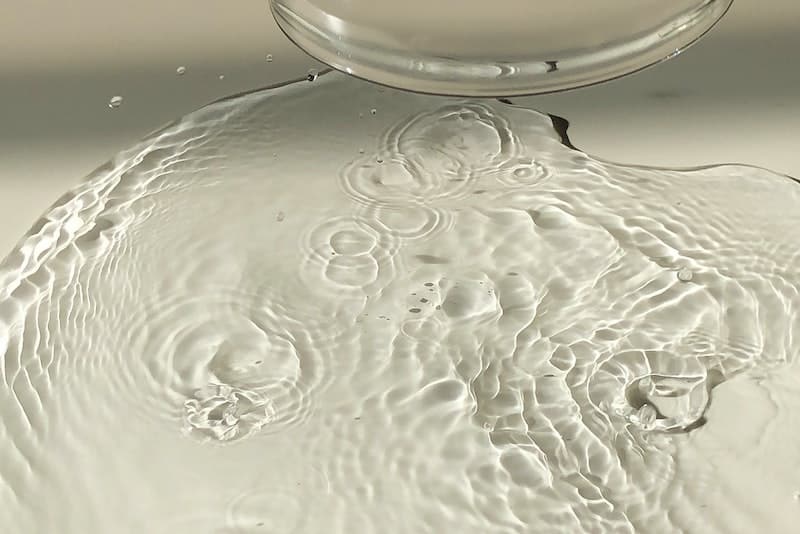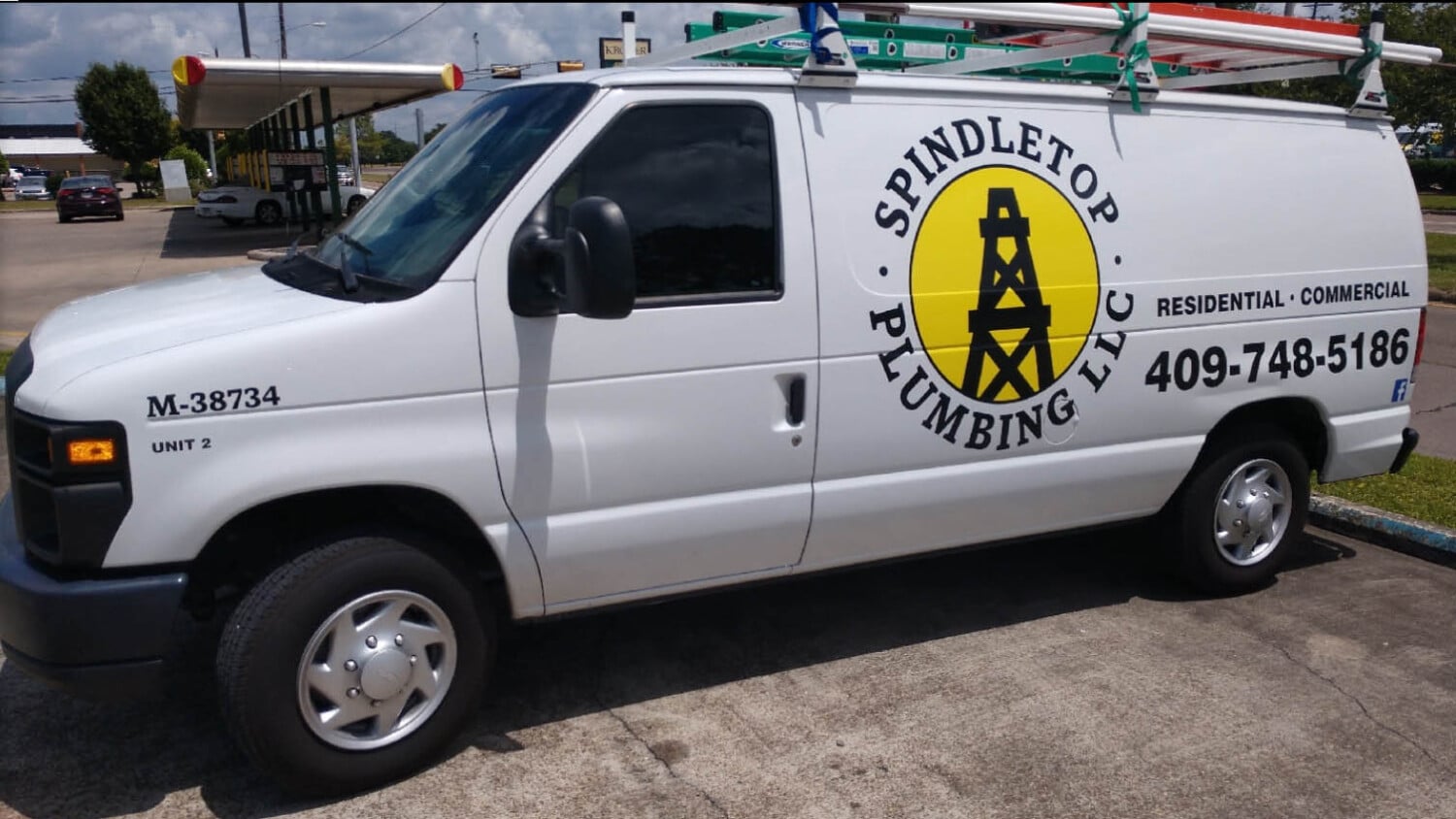Knowing what the most common plumbing problems are can help you to prevent them in your home or business. DenGarden shares some insight into these issues below:
The 10 Most Common Plumbing Problems
1. Dripping Faucets
Dripping faucets are so common that it’s rare to find someone who hasn’t experienced this issue. It’s not just a source of irritation; the waste of water can push up your water bill and cost you money. A single faucet can drip away hundreds of gallons over the course of a year.
The cause of dripping faucets in many cases is an internal washer that has become stiff, torn, worn, or dislodged over time. If this is the problem then it can usually be fixed by someone with basic DIY skills and basic tools. The water supply to the dripping faucet is switched off, the faucet is disassembled, the faulty washer is replaced, and then the faucet is reassembled.
2. Slow Draining Sink
This problem is typically caused by a blockage that is restricting water flow. Your kitchen sink drain may contain things like congealed fat and food remnants. In a bathroom sink, the blockage is more likely to be caused by knotted hair and soap.
Methods for clearing a clogged sink might involve using a plunger, pouring down baking soda and vinegar or a chemical clog remover, or using a plumber’s snake. If the problem isn’t tackled, then it will likely worsen over time, until eventually the drain is completely blocked.
Shower drains especially are prone to getting clogged by hair and soap. The problem can be especially acute if the users have longer hair which cause large knots. A shower drain can help to prevent problems from developing by catching hair.
Shower drains especially are prone to getting clogged by hair and soap. The problem can be especially acute if the users have longer hair which cause large knots. A shower drain can help to prevent problems from developing by catching hair.
3. Clogged Bath or Shower Drain
As with slow draining bathroom sinks, bath and shower drains generally get blocked up by clogs of hair and soap. Clearing the blockage may require the use of a plunger or a plumber’s snake. Baking soda and vinegar can sometimes dissolve the clog too.
The problem will usually get worse over time, if not dealt with. The issue can be prevented or minimized from recurring by buying a drain guard to catch the hair.
How to unclog your shower drain using a plunger
Adding petroleum jelly to the edge of the suction pad will improve the seal.
Make sure there is enough water in the shower so that the end of the plunger is submerged.
Plunge vigorously.
4. Clogged Toilet
When the toilet bowl fills up and doesn’t drain away, you’ve got a clog. The blockage is normally caused by a mixture of paper and human waste. Clogged toilets can normally be fixed with a plunger. If that doesn’t work then a sewer snake or drain auger can be used to loosen up the blockage.
5. Running Toilet
A running toilet can be costly; up to 200 gallons of water may be lost each day. The most common culprit is a faulty flapper valve which controls the water that passes from the tank to the bowl. This is fairly straightforward fix with a toilet repair kit available at any hardware store.
Less commonly, toilet runs may also be caused by sediment affecting the flushing and filling. If your water bills seem high, check for silent leaks by putting some food coloring in the upper tank and see if it makes its way to the bowl without flushing.
6. Faulty Water Heater
This problem may not be discovered until you are in the shower and the water suddenly goes cold. There are multiple issues that can cause a water heater to fail. The pilot light may go out, and you have to relight it. A build-up of sediment in the tank can also cause problems. Another time, it may be the thermostat that is at fault.
Generally speaking, you will want a professional to inspect, maintain, and fix your water heater, unless it’s something very basic like the pilot light needing to be relit.
Low water pressure has a variety of potential causes. If it’s only the hot water that’s weak, then the problem may just be related to the hot water heater’s shut off valve and you should ensure that it is fully open.
Low water pressure has a variety of potential causes. If it’s only the hot water that’s weak, then the problem may just be related to the hot water heater’s shut off valve and you should ensure that it is fully open.
7. Low Water Pressure
If your water trickles out of the tap rather than gushes, this may be a symptom of low water pressure. This is often a problem in older homes. Low water pressure can be cause by a number of issues, a common one being leaking pipes that have become broken, worn, or corroded over time.
If it’s low water pressure in a shower that’s the issue, more often than not it’s caused by a build-up of sediment and mineral deposits on aerators. You can soak the aerator in vinegar to clean it. If it’s the shower that’s the problem, then you need to either soak the showerhead in vinegar or simply replace it.
8. Jammed Garbage Disposal
Garbage disposals are very useful appliances, but they do jam sometimes. Running them without water, disposing certain food substances such as cornhusks and potato peels, or allowing silverware to get inside can all cause problems.
Your first step to fix the issue should always be to hit the reset button, but if that doesn’t work, then you will need to open it up. If you have lost the key that comes
9. Leaky Pipes
Leaky pipes can be more than just a nuisance, they can cause damage to furniture and floors, and the dampness can encourage bugs like cockroaches. Leaks almost always happen at the pipe joints.
Tape, compounds, and fillers can often provide a temporary fix, but for something more permanent, you will need to replace a piece of pipe or the related fittings. This may well require the expertise of a plumber.
Leaks are more common in the winter when water can freeze, expand, and cause pipes to burst.
10. Sewer System Backup
Sewer system backups are, frankly, a nightmare. They can be smelly, nasty, unhygienic, inconvenient, and expensive to fix. If you have multiple drains and toilets not working and a bad odor of human waste, this is likely your problem.
Responsibility for fixing the issue really depends on the location of the blockage. If it is on your property, then it’s your problem. If it’s out on the public road, then your water company should fix it. Unfortunately, you may have to pay for a plumber just to locate the blockage, though it’s often worth calling your water company first if you suspect that the blockage is not on your property.
Affordable Plumbing Repair in Southeast, Texas
At Spindletop Plumbing LLC, nothing means more to us than the happiness and satisfaction of our customers. We are a state-licensed and insured, locally owned, service and repair plumbing company located in Nederland, Texas. Our skilled and experienced staff offers a wide range of reliable plumbing services to both residential and commercial spaces.
We proudly serve the many communities of Southeast Texas, including Beaumont, Bridge City, Groves, Lumberton, Mauriceville, Orange, Port Arthur, Port Neches, Silsbee, and Vidor. From small repairs to major reconstructions, our team is here to find the best plumbing solutions for your space. Contact us today to learn more about the services we offer and how we can increase the functionality of your space.
Spindletop Plumbing
409-748-5186
View our Facebook Page
View our Google Business Listing



